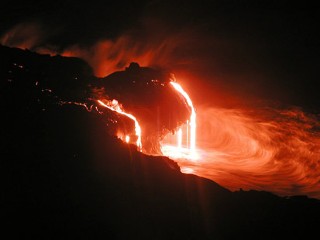 All in a days work: Shane Kimbrough seen on during his space walk as he carries out construction and maintenance on the International Space Station
All in a days work: Shane Kimbrough seen on during his space walk as he carries out construction and maintenance on the International Space StationFrom The Daily Mail:
Captured against the stunning backdrop of infinite space, an astronaut floats precariously 225 miles above the Earth as he tinkers with a greasy gummed-up joint.
On the 10th anniversary of the International Space Station, the mission specialist's every weightless movement is caught on camera as he carries out all-important repair works during one of four spacewalks.
NASA has been closely following the crew with a video camera ever since the Endeavour space shuttle lit up the night sky over Florida with a mighty roar.
Read more ....
















































